Kids have questions about the world around them every day, and there is so much to learn through experimentation with simple materials. You can begin using the scientific method with elementary kids. Below we’ll share with you how and when to introduce the scientific method, the steps of the scientific method, and some easy scientific method experiments. There are so many great ways to enjoy science projects with kids!
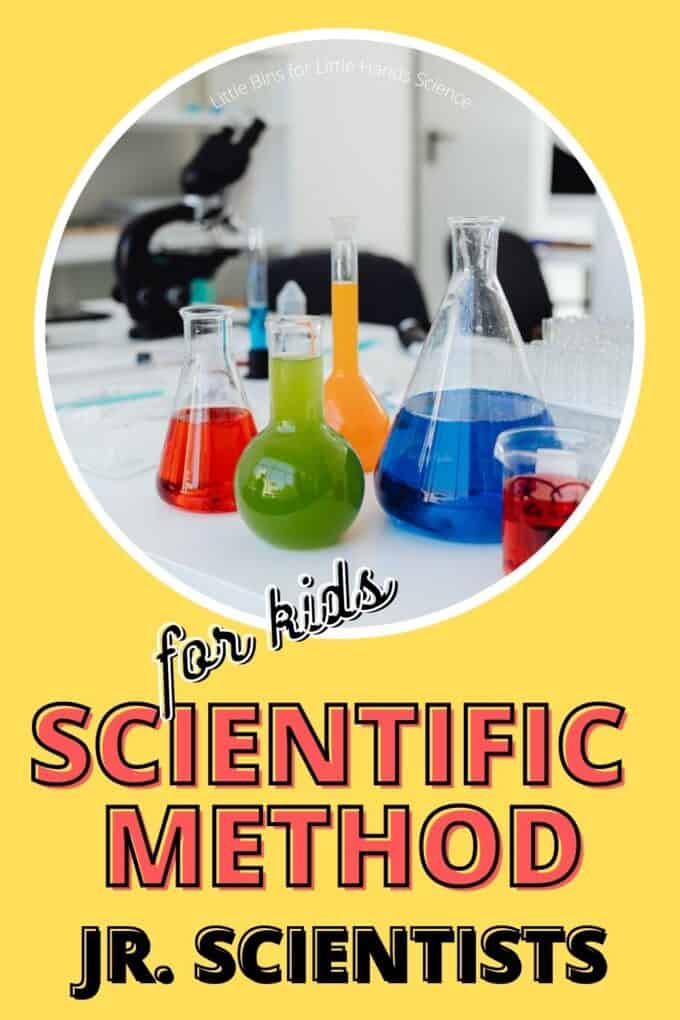
What Is The Scientific Method?
The scientific method is a process or method of research. A problem is identified, information about the problem is gathered, a hypothesis or question is formulated from the information, and the hypothesis is put to the test with an experiment to prove or disprove its validity.
Sounds heavy… What in the world does that mean?!? It means you don’t need to try and solve the world’s biggest science questions! The scientific method is all about studying and learning things right around you.
As children develop practices that involve creating, gathering data evaluating, analyzing, and communicating, they can apply these critical thinking skills to any situation.
Note: The use of the best Science and Engineering Practices is also relevant to the topic of using the scientific method. Read more here and see if it fits your science planning needs.
Can Young Kids Use the Scientific Method?
Kids are great scientists at any age, and can use the scientific method in context to what they are learning. It can be adapted for any age!
The scientific method is a valuable tool for introducing kids to a logical way to solve scientific problems. Scientists use the scientific method to study, learn, and come up with an answer!
The scientific method is a process that helps double-check that answers are correct and the correct results are obtained through careful planning. Sometimes the guesses and questions change as you run your experiments.
Kids can use the scientific method too on questions that are relevant to them!
Let’s break the scientific method for kids down into six parts, and you can quickly see how each can be incorporated into your next science experiment.
What Are The Steps In The Scientific Method?
- Make initial observations.
- Come up with a question of interest that is based on the observations.
- Develop a hypothesis or prediction to go along with the question.
- Experiment and test.
- Gather and record results of tests and experiments and draw conclusions.
- Share and discuss results.
Whoa… Wait A Minute! That sounds like a lot for a young kid!
You are correct. Depending on your kid’s abilities, following all the scientific method steps precisely will not go well. Someone will get frustrated, bored, and turned off by just how cool science can be. We do not want that to happen!
Using The Scientific Method For Preschool and Kindergarten
Use the scientific method steps as a guideline in the back of your mind. You can cover most of the steps by talking with your kids about…
- What do they think will happen?
- What is happening?
- What happened compared to what they thought would happen?
No writing is required! It’s also best to pick pretty straightforward ideas that aren’t overly involved or complicated to set up and test. Kids always have burning questions and “what ifs.”
See if you can tackle their next “what if” using the scientific method by listening carefully to their conversations. You can even have them keep a journal with their “what if” questions for your next science time.
Learn more about Science Activities For Preschoolers and Kindergarten Science Experiments.
Now on to how to apply the scientific method for elementary kiddos and beyond.
Scientific Method Steps In Action
Learn more about the steps of the scientific method below, which are great for science at home with your kids or in the classroom! We have also included some simple scientific method experiments for you to enjoy.
Ice Science Experiments are perfect for this! Try these 3 today!
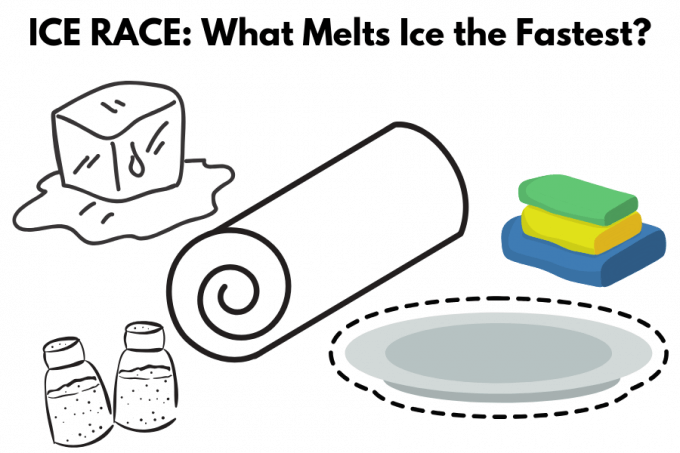
STEP 1: Make Observations
Tons of everyday activities would make for cool science experiments using the scientific method. Listen to what your kids talk about and see happening. My son noticed that ice melted pretty fast in his water.
Observation is simply noticing what’s happening through our senses or with tools like a magnifying glass. Observation is used to collect and record data, enabling scientists to construct and test hypotheses and theories.
Learn more about observations in science.
STEP 2: Come Up With A Question
Your kids’ observations should lead to some sort of question. For my son and his ice observations, he came up with questions. Does ice melt faster in different liquids? His curiosity about what happens to the ice in liquids is a simple science experiment perfect for using the scientific method.
Next! Do some research and come up with ideas!
STEP 3: Develop A Prediction or Hypothesis
You have made your observations, you have your question, and now you need to make a prediction about what you think will happen.
A prediction is a guess at what might happen in an experiment based on observation or other information.
A hypothesis is not simply a guess! It’s a statement of what you believe will happen based on the information you have gathered.
My son hypothesizes that ice will melt faster in juice than in water.
STEP 4: Conduct An Experiment
We made a prediction that ice will melt faster in juice than it will in water, and now we have to test our hypothesis. We set up an experiment with a glass of juice, a glass of water, and an ice cube for each.
For the best experiments, only one thing should change! All the things that can be changed in a science experiment are called variables. There are three types of variables; independent, dependent, and controlled.
The independent variable is the one that is changed in the experiment and will affect the dependent variable. Here we will use different types of liquids to melt our ice cube in.
The dependent variable is the factor that is observed or measured in the experiment. This will be the melting of the ice cubes. Set up a stopwatch or set a time limit to observe the changes!
The controlled variable stays constant in the experiment. The liquids should be roughly the same temperature (as close as possible) for our ice melting experiment and measured to the same amount. So we left them out to come to room temperature. They could also be tested right out of the fridge!
You can find simple science experiments here with dependent and controlled variables.
STEP 5: Record Results and Draw Conclusions
Make sure to record what is happening as well as the results—note changes at specific time intervals or after one set time interval.
For example…
- Record when each ice cube is completely melted.
- Add drawings if you wish of the setup up and the end results.
- Was your prediction accurate? If it was inaccurate, record why.
- Write out a final conclusion to your experiment.
STEP 6: Communicate Your Results
This is the opportunity to talk about your hypothesis, experiment, results, and conclusion!
ALTERNATIVE IDEAS: Switch out an ice cube for a lollipop or change the liquids using vinegar and cooking oil.
Now you have gone through the steps of the scientific method, read on for more fun scientific method experiments to try!
Free printable scientific method worksheets!
Fun Scientific Method Experiments
Sink or Float Experiment
A Sink or Float experiment is great for practicing the steps of the scientific method with younger kids.
Grab this FREE printable sink or float experiment
Here are a few of our favorite scientific method experiments, which are great for elementary-age kids. Of course, you can find tons more awesome and doable science projects for kids here!
Magic Milk Experiment
Start with demonstrating this delightful magic milk experiment. Then get kids to apply the steps of the scientific method by coming up with a question to investigate. What happens when you change the type of milk used?
What Dissolves In Water
Investigate what solids dissolve in water and what do not. Here’s a super fun science experiment for kids that’s very easy to set up! Learn about solutions, solutes, and solvents through experimenting with water and common kitchen ingredients.
Apple Browning Experiment
Investigate how to keep apples from turning brown with this apple oxidation experiment. What can you add to cut apples to stop or slow the oxidation process?
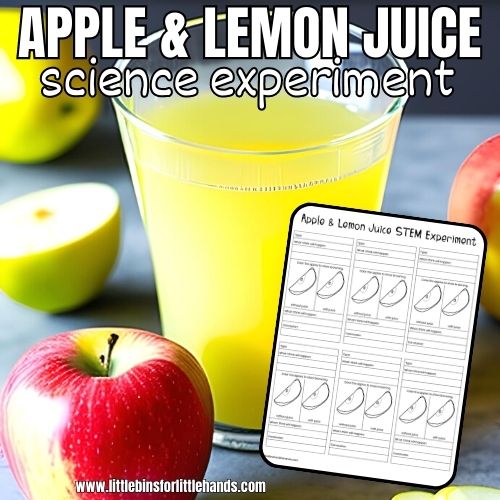
Freezing Water Experiment
Will it freeze? What happens to the freezing point of water when you add salt?
Viscosity Experiment
Learn about the viscosity of fluids with a simple viscosity experiment. Grab some marbles and add them to different household liquids to find out which one will fall to the bottom first.
Seed Germination Experiment
Set up a simple seed germination experiment.
Catapult Experiment
Make a simple popsicle stick catapult and use one of our experiment ideas to investigate from rubber band tension to changes in launch angle and more. How far can you fling your objects? Take measurements and find out.
Floating Orange
Investigate whether an orange floats or sinks in water, and what happens if you use different types of oranges. Learn about buoyancy and density with a simple ingredient from the kitchen, an orange.

Bread Mold Experiment
Grow mold on bread for science, and investigate how factors such as moisture, temperature, and air affect mold growth.
Eggshell Strength Experiment
Test how strong an egg is with this eggshell strength experiment. Grab some eggs, and find out how much weight an egg can support.
Free Printable Science Fair Starter Guide
Are you looking to plan a science fair project, make a science fair board, or want an easy guide to set up science experiments?
Learn more about prepping for a science fair and grab this free printable science fair project pack here!
If you want a variety of science fair experiments with instructions, make sure to pick up a copy of our Science Project Pack in the shop.
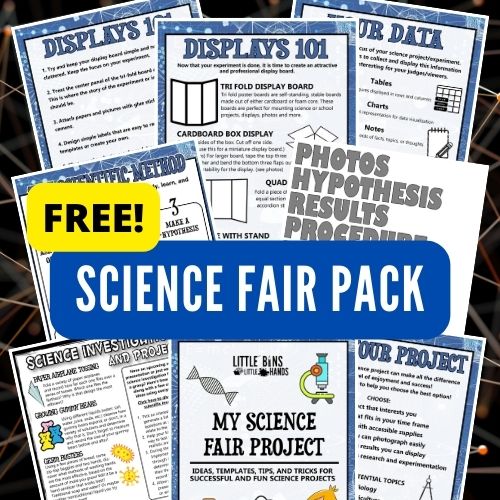
Bonus STEM Projects For Kids
STEM activities include science, technology, engineering, and mathematics. As well as our kids science experiments, we have lots of fun STEM activities for you to try. Check out these STEM ideas below…
- Building Activities
- Engineering Projects For Kids
- What Is Engineering For Kids?
- Coding Activities For Kids
- STEM Worksheets
- Top 10 STEM Challenges For Kids
Printable Science Projects Pack
If you’re looking to grab all of our printable science projects in one convenient place plus exclusive worksheets and bonuses like a STEAM Project pack, our Science Project Pack is what you need! Over 300+ Pages!
- 90+ classic science activities with journal pages, supply lists, set up and process, and science information. NEW! Activity-specific observation pages!
- Best science practices posters and our original science method process folders for extra alternatives!
- Be a Collector activities pack introduces kids to the world of making collections through the eyes of a scientist. What will they collect first?
- Know the Words Science vocabulary pack includes flashcards, crosswords, and word searches that illuminate keywords in the experiments!
- My science journal writing prompts explore what it means to be a scientist!!
- Bonus STEAM Project Pack: Art meets science with doable projects!
- Bonus Quick Grab Packs for Biology, Earth Science, Chemistry, and Physics
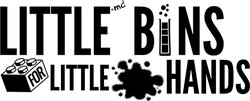

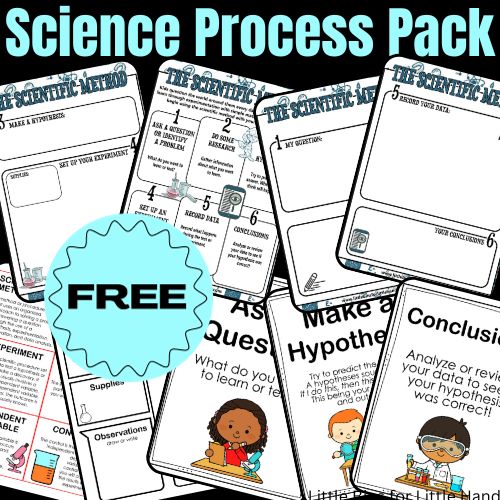
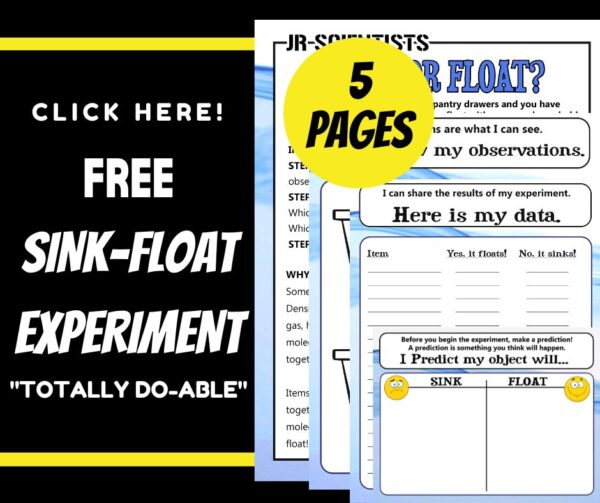
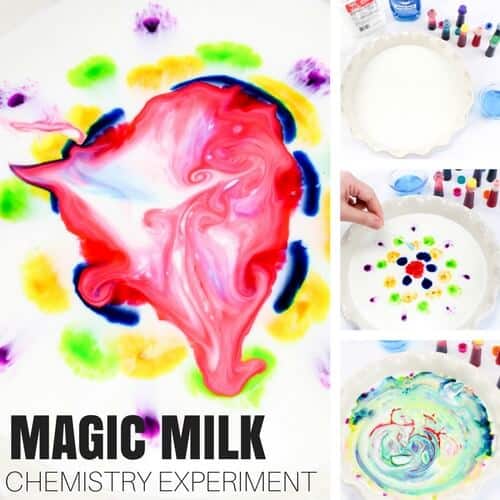
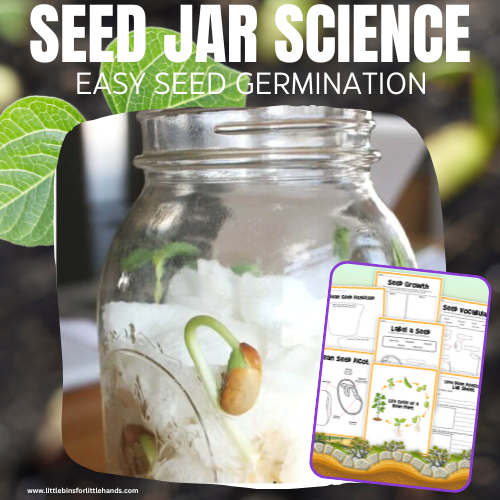
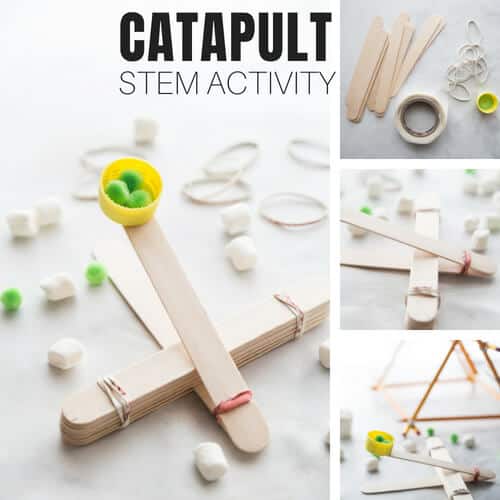
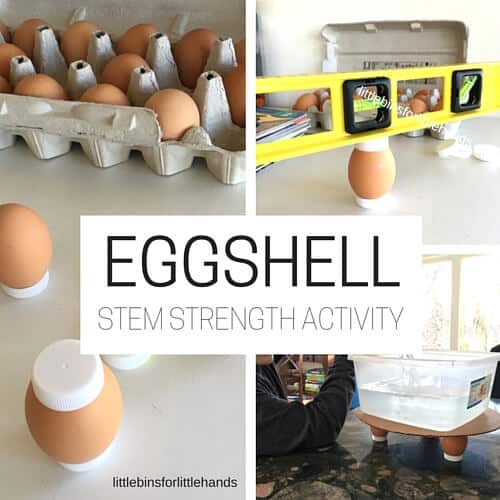
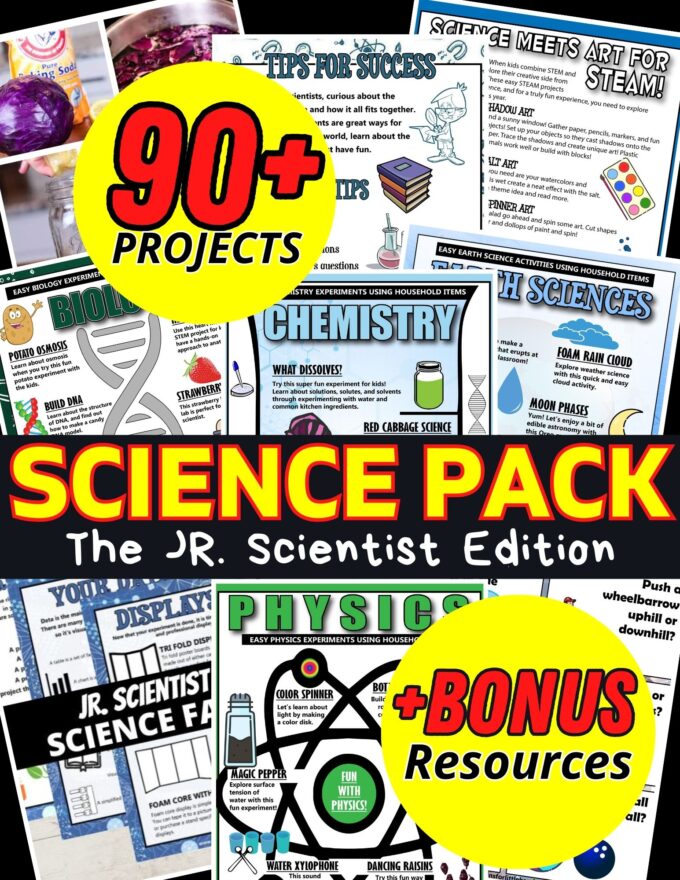
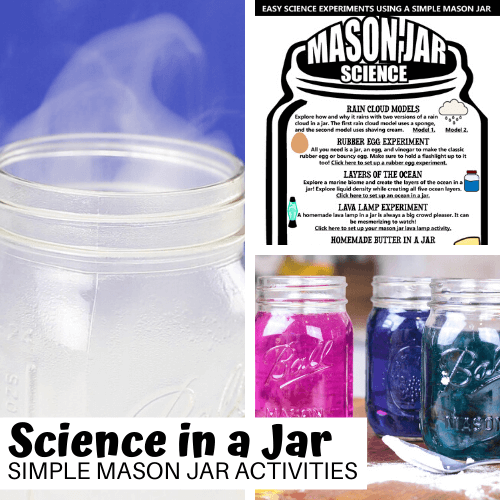
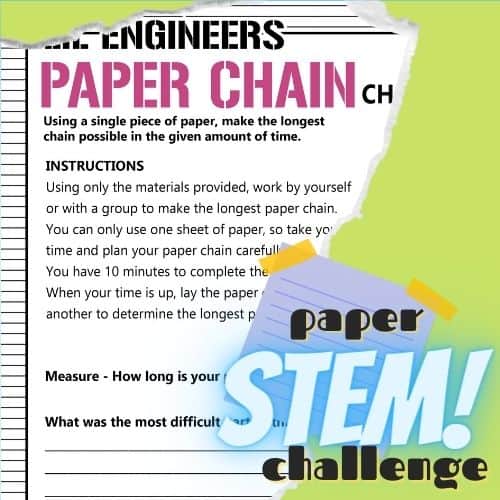
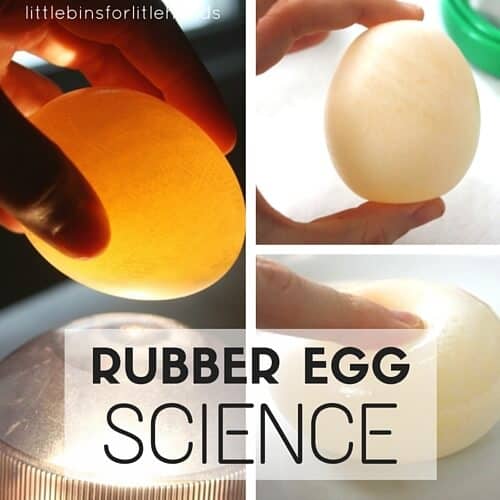
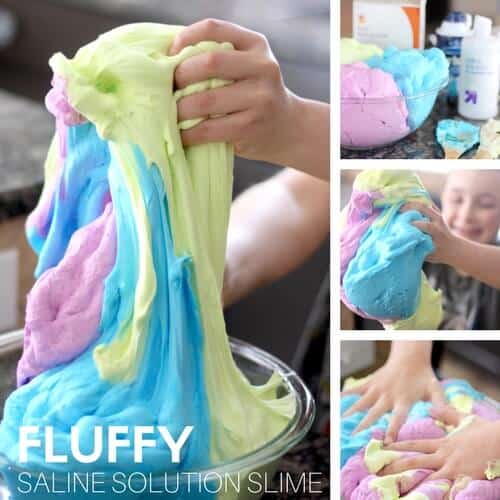
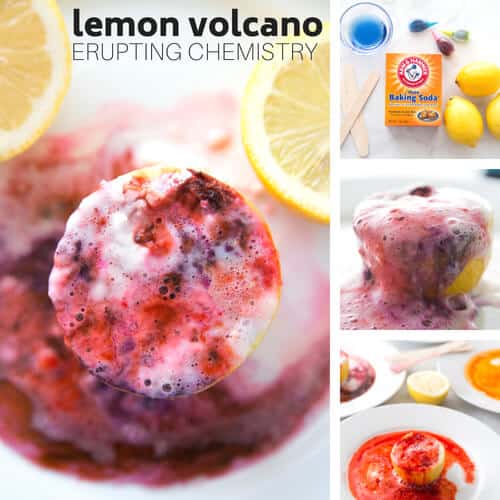
A great post and sure to help extend children’s thinking! I would like to download the 6 steps but the blue download button doesn’t seem to be working for me.
Thank you! All fixed. You should be able to download now!
COOL STUF!
Thanks!
it is so great, thanks a lot.
This helped for a science project.Thanks so much.